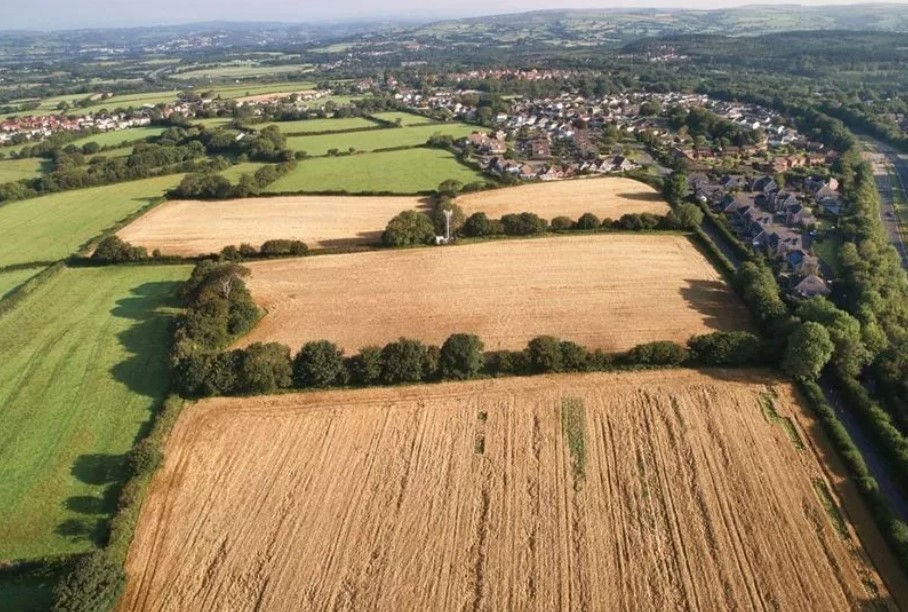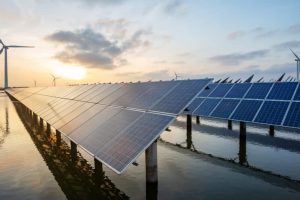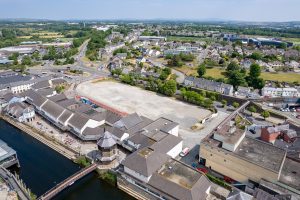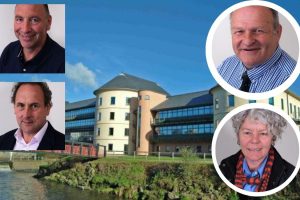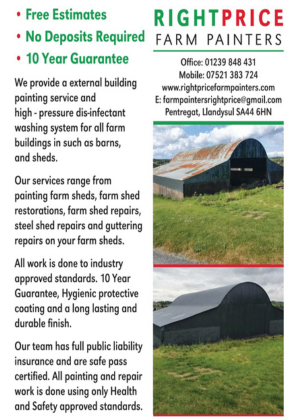FEWER than half the expected number of houses are being built in Swansea, figures have shown.
The target set out by a wide-ranging planning blueprint for the county is for 15,600 new homes between 2010 and 2025 – an average of 1,040 per year.
By the end of March 2023 only 6,315 new homes had been completed, meaning that 47% of the cumulative target has been met.
Only 363 new homes were built in 2022-23 – the second lowest annual total since 2010.
Tom Evans, Swansea Council’s placemaking and strategic planning manager, told councillors on the planning committee that Swansea was not alone in playing housebuilding catch-up.
The reasons for this, he said, included the impact of the Covid pandemic, labour supply challenges, rising costs of materials, and new legislative requirements for housebuilders such as sustainable drainage and biodiversity improvements.
“There is an awful lot of work under way in getting under the skin of these issues,” said Mr Evans.
He said housebuilding in Cardiff had encountered similar delays to those in Swansea but that more recently “levels of delivery have significantly upturned” – a trend he anticipated being replicated in Swansea.
One housebuilder in Swansea told the Local Democracy Reporting Service that developers were put off sites in Gower because 50% of the new homes were expected to be affordable housing to meet local needs. This 50% target, he said, made projects less financial viable.
Of the expected 15,600 new homes up to 2025 in Swansea, 7,109 have been earmarked for 12 big rural and urban development sites.
The number of completed homes on these 12 sites is well below target to date. This trajectory was not a big surprise for the planning committee, which receives annual updates, but Cllr Peter Black wondered if the “wrong land” had been allocated for housebuilding in the first place.
Mr Evans said this wasn’t the case and that progress was being made on the 12 big development sites. He said a huge amount of work has been needed to get the sites ready for development and planning applications drawn up. New homes were already being completed on some of them, such as the Parc Mawr development in Penllergaer.
Mr Evans also said that housebuilding on some smaller development plots known as windfall sites was better than expected.
The report before the planning committee said the majority of indicators suggested that the local development plan was being implemented effectively. However, a full review is to take place and a replacement local development plan will be prepared.
Average house prices in Swansea have risen from around £130,000 in 2010 to around £190,000 in April this year, and housing waiting lists have grown. The authority is, however, building new homes after rules preventing councils from doing so were altered a few years ago. The 2021 census found that Swansea’s population fell by around 500 people to 238,500 compared to the 2011 census.
Meanwhile, another Wales-wide consideration for all types of development is flood risk, particularly with climate change projections in mind. New flood and coastal erosion planning guidance which councils and other organisations feared would limit much-needed regeneration in areas deemed at risk was supposed to have been introduced by the Welsh Government in December 2021, but it was postponed. Ministers said the guidance – known as technical advice note (Tan) 15 – would be introduced in June this year, but it was delayed again following a consultation. The Welsh Government said it was working on publishing the revised Tan 15 “as soon as possible”.
Speaking at the planning committee meeting, Cllr Mike Lewis asked how Tan 15 would impact the delivery of Swansea’s local development plan.
Mr Evans said the previously proposed Tan 15 “didn’t really satisfy anyone” and that the new guidance was needed to help the council decide which sites could be suitable for development in the replacement plan.
He added that the new Tan 15 could potentially impact on wider aspirations to regenerate certain low-lying sites in Swansea, such as by the River Tawe, which didn’t currently have flood defence schemes.
He said: “It’s quite a frustrating time for plan making while we await the publication of the new policy in that area.”
Mr Evans added that new flood maps were available though, and that the council paid due regard to them.



